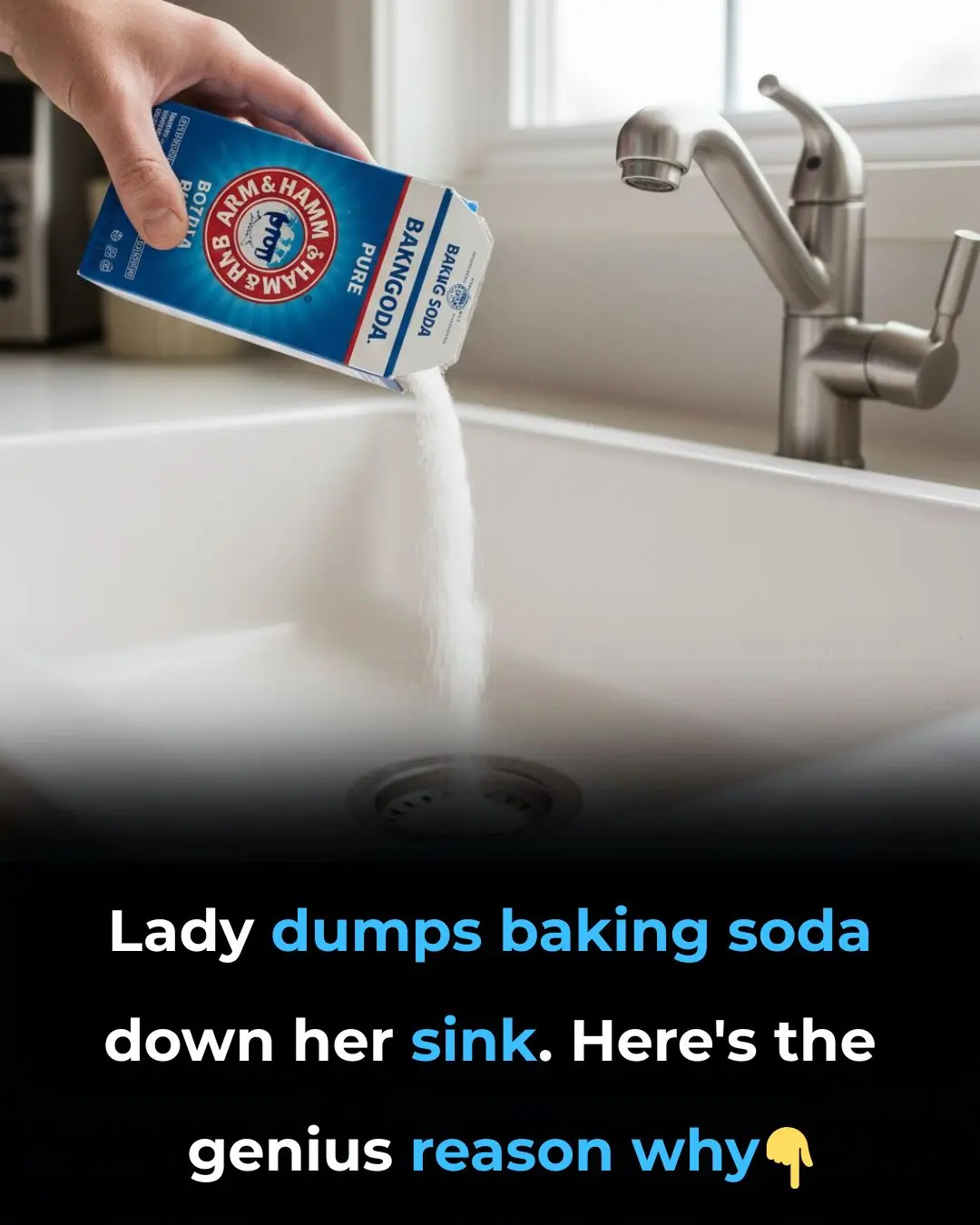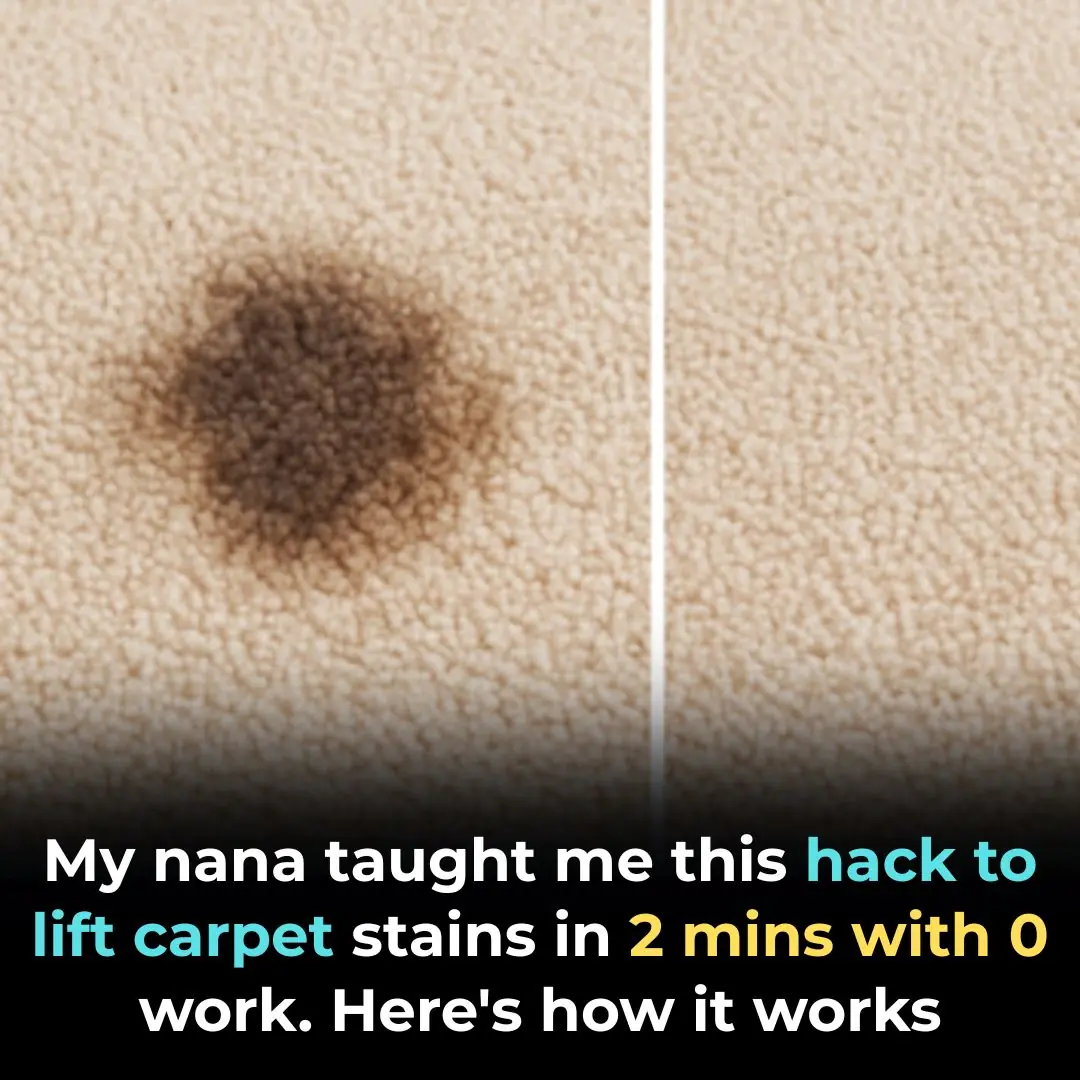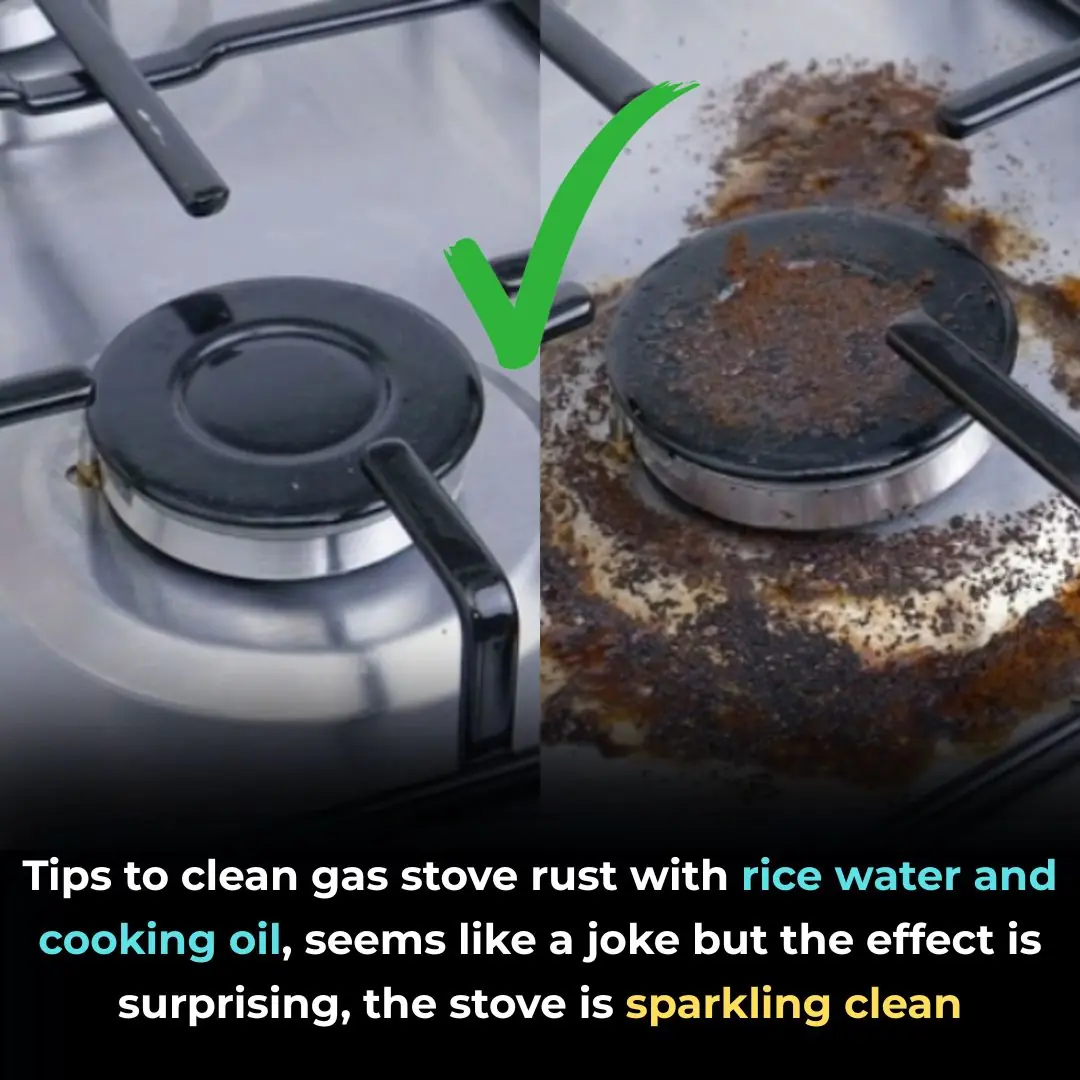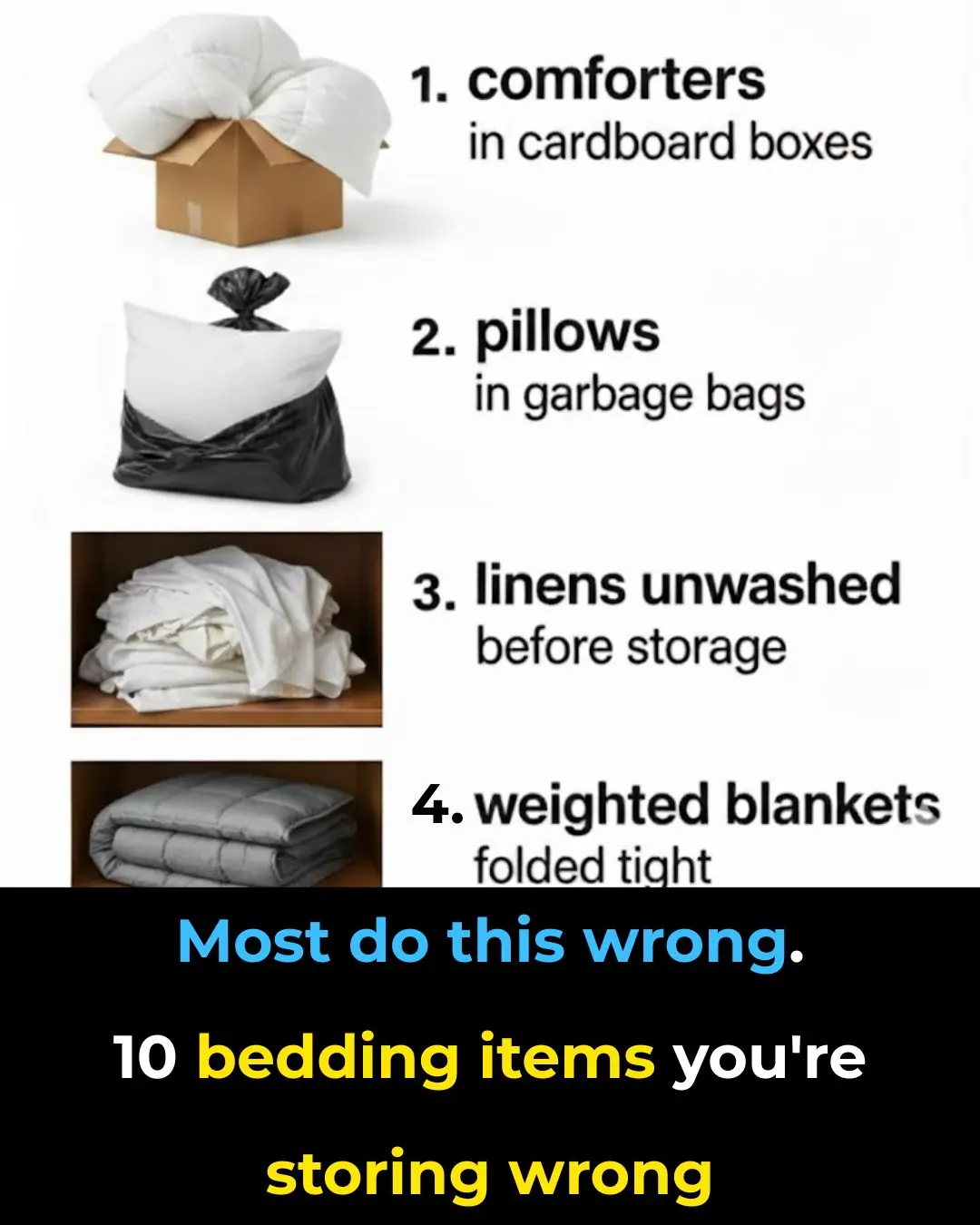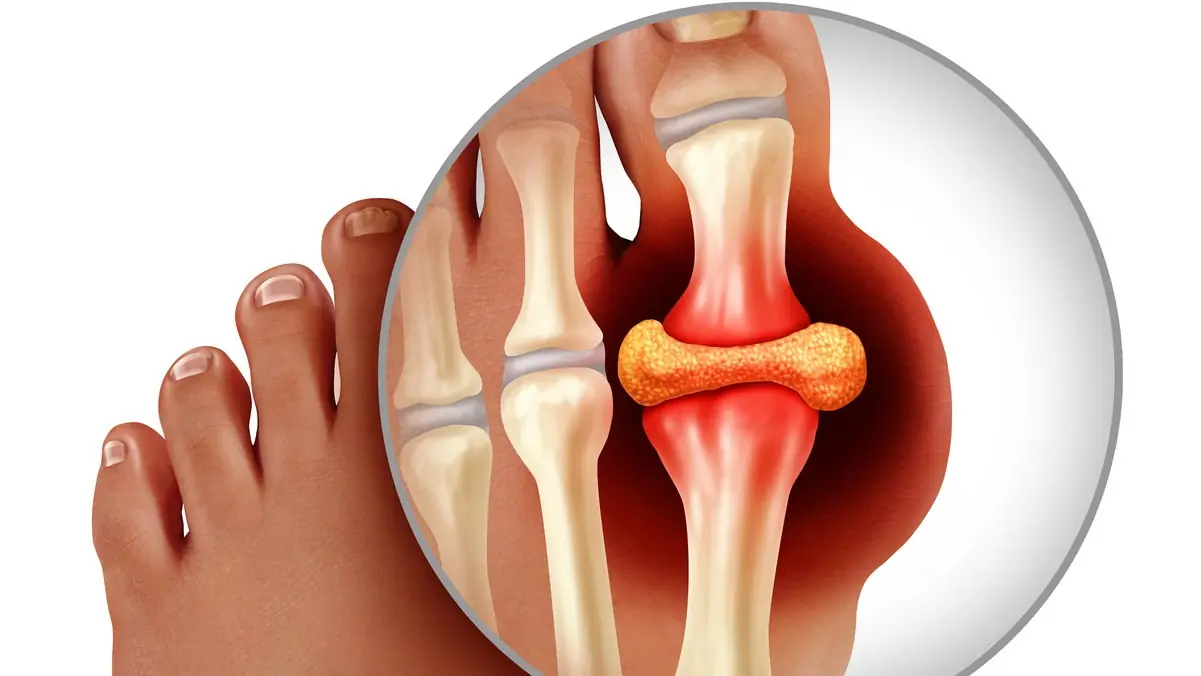Understanding the correct way to use a dryer can save you time, money, and extend the lifespan of your clothes. From selecting the right settings to properly loading your machine, every step can impact the effectiveness of your drying process. Let's delve into the nuances of dryer use and uncover the best practices that ensure optimal performance.
Advertisement
1. Understanding Your Dryer: The Basics
Before you can use your dryer effectively, it's crucial to understand its basic components and functions. Most dryers have three main parts: a drum, a heating element, and a venting system. The drum is where your clothes tumble, while the heating element warms the air to dry them. The venting system expels moisture from the machine.
Familiarizing yourself with the different settings on your dryer is equally important. Modern dryers often come with a variety of cycles such as 'delicate', 'permanent press', and 'heavy-duty'. These settings adjust the temperature and duration of the drying cycle to suit different fabric types. It's important to consult your dryer's manual to fully understand how each cycle works, as this knowledge will empower you to make better choices for your laundry.
2. Load It Right: Why Half-Full Is Ideal
One of the most common mistakes people make with their dryer is overloading it. A dryer works best when it's half-full, allowing clothes to tumble freely. This ensures that hot air circulates evenly, drying clothes quicker and more efficiently.
Overloading can lead to longer drying times and uneven drying, which not only wastes energy but can also damage fabrics. Aim for a load size that fills the drum about halfway to ensure optimal performance. This rule of thumb helps maintain the dryer's efficiency and extends the life of your clothes.
3. The Importance of Cleaning the Lint Trap
The lint trap is a critical component of your dryer that requires regular maintenance. A clogged lint trap not only reduces efficiency but also poses a fire hazard. It is estimated that 34% of dryer fires are caused by a failure to clean the lint trap.
To keep your dryer running safely and efficiently, clean the lint trap before or after each load. Simply remove the screen, clear away the lint, and replace it. This simple habit can significantly improve your dryer's performance and reduce the risk of fire.
4. The Right Way to Use Dryer Sheets
Dryer sheets are used to reduce static and add fragrance to your laundry, but using them incorrectly can lead to a buildup of residue on your machine's components. This residue can clog the lint trap and reduce the dryer's efficiency.
To use dryer sheets correctly, only use one sheet per load. If you notice a waxy buildup on the lint trap or around the drum, clean it with warm, soapy water. Alternatively, consider using wool dryer balls as a natural and reusable alternative to dryer sheets.
5. Towels and Clothes: Why They Should Be Separated
Towels are thick and absorbent, requiring more drying time than most clothing items. When you dry towels and clothes together, your clothes may become over-dried while waiting for the towels to finish, leading to unnecessary wear and tear.
For optimal drying, separate towels from clothes and dry them in their own load. This not only ensures that each item is dried appropriately but also improves the efficiency of the drying process, saving both time and energy.
6. Choosing the Right Dryer Settings for Different Fabrics
Different fabrics have different drying needs, and selecting the appropriate setting is crucial to maintaining their quality. For instance, delicate fabrics like silk and lace should be dried on a low-heat or air-dry setting to prevent damage.
For cotton and linens, a regular or high-heat setting is usually suitable, but be sure to check the care label of each item. Using the right settings not only prolongs the life of your garments but also ensures they are dried thoroughly and efficiently.
7. The Benefits of Air-Drying Delicates
While the dryer is convenient, it isn't always the best option for delicate fabrics. Air-drying is a gentle alternative that prevents shrinkage and fabric damage, especially for items like lingerie, swimwear, and silk garments.
Air-drying can be done indoors by hanging clothes on a drying rack or clothesline. This method not only preserves the integrity of delicate items but also saves energy. Plus, air-drying can keep your clothes looking new for longer, as it minimizes exposure to the heat and agitation of a dryer.
8. How to Prevent Shrinking and Fabric Damage
Shrinkage and fabric damage are common concerns when using a dryer. To prevent these issues, avoid using high-heat settings on items that are prone to shrinking, such as cotton and wool.
Instead, opt for lower heat settings or use the 'permanent press' cycle, which uses medium heat and a cool-down period to reduce wrinkles and shrinkage. Always check the care labels on your clothing and when in doubt, err on the side of caution by choosing a lower temperature setting.
9. Energy Efficiency Tips for Dryer Use
Reducing energy consumption not only benefits the environment but also lowers your utility bills. To improve your dryer's energy efficiency, always clean the lint trap and ensure there is adequate airflow from the vent.
Use the moisture sensor setting if your dryer has one, as it automatically stops the cycle when clothes are dry, preventing over-drying. Additionally, consider drying multiple loads consecutively to take advantage of the residual heat from the previous cycle.
10. Common Dryer Mistakes and How to Avoid Them
Many common dryer mistakes can be easily avoided with a little awareness and effort. For instance, failing to sort laundry by fabric type can lead to improper drying and fabric damage.
Another mistake is neglecting regular maintenance, such as cleaning the lint trap and checking the vent for blockages. By being mindful of these common pitfalls, you can enhance your dryer's performance and extend its lifespan.
11. Viral Dryer Hacks: What's Worth Trying?
With the rise of social media, numerous dryer hacks have gone viral, promising to save time or improve efficiency. One popular hack involves using a dry towel in the dryer to speed up the drying process. This can be effective, as the towel absorbs moisture, reducing drying time.
However, be cautious of hacks that suggest adding items not intended for dryer use, as they can damage your appliance or clothing. Always prioritize safety and consider the potential risks before trying new dryer hacks. When in doubt, stick to tried-and-true methods for best results.




